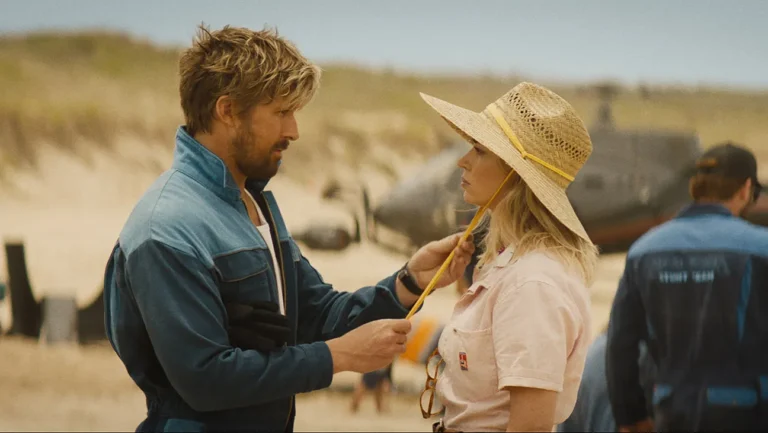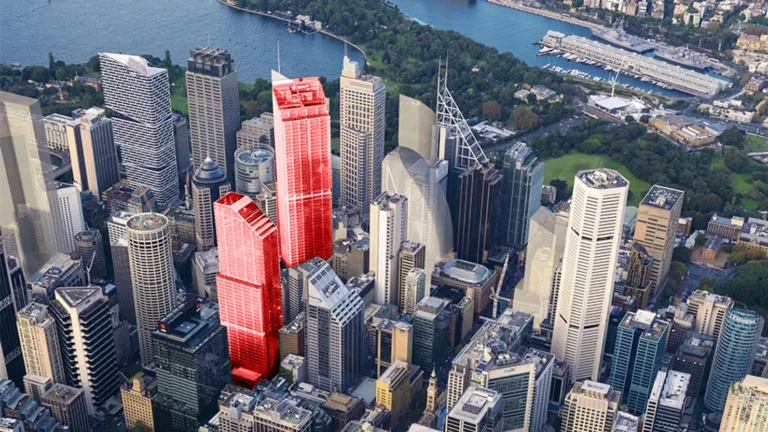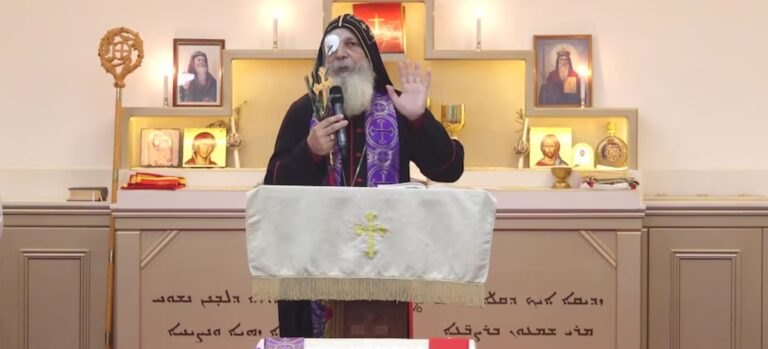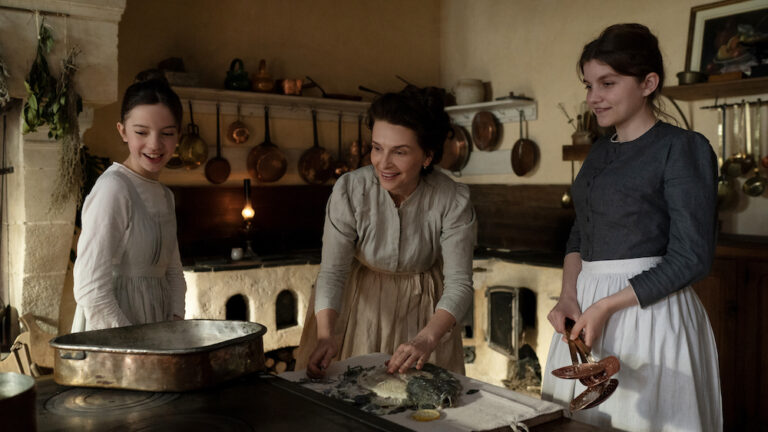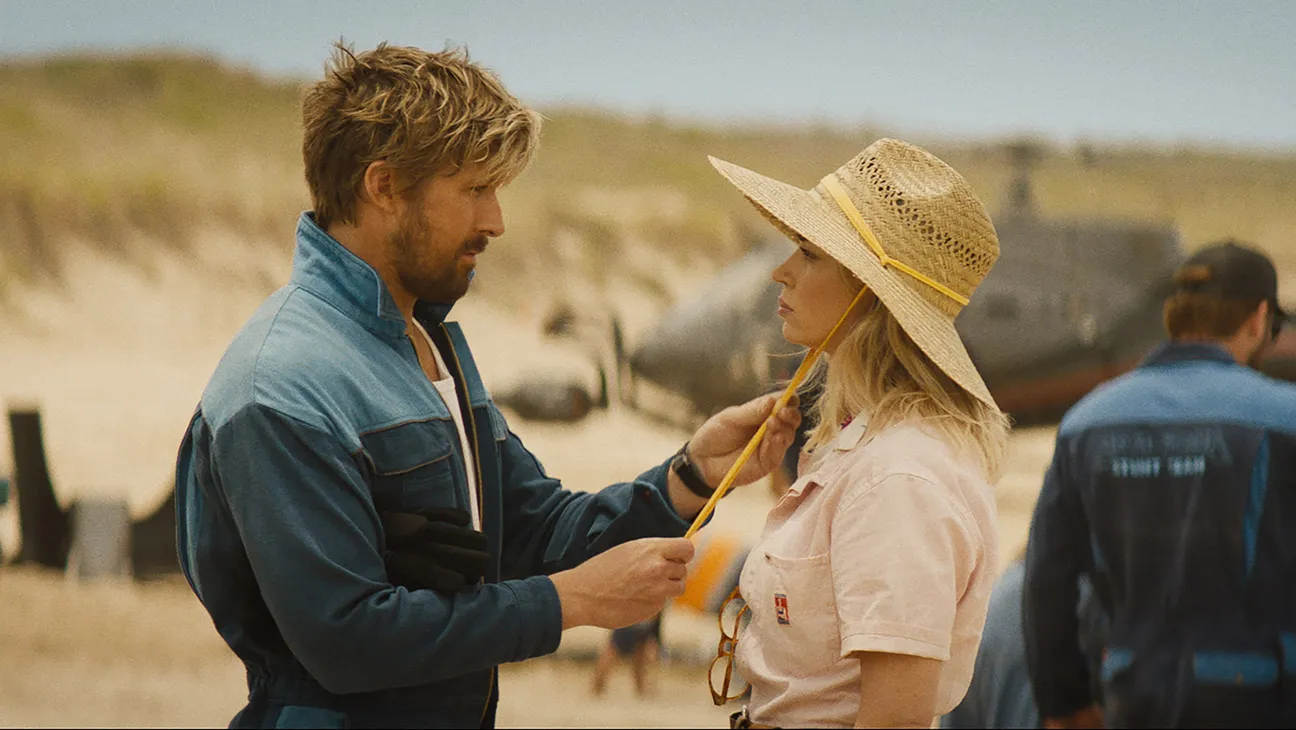
The many faces of the Archibald Prize

By ERIN MODARO
The 2022 Archibald Packing Room Prize was announced by Michael Brand, esteemed director of the Art Gallery of New South Wales, back in May. He roused the crowd of cameramen and executives with a speech about the collection of portraits he stood before. The gallery was crisp. High heels clicked on the painted floors and all colour on the walls was concentrated to the eye-level frames.
The paintings show faces of the young and old, of celebrities and strangers. They form an eclectic mix of sitters from all walks of life, with a certain amount of strangeness injected into the atmosphere, as track pant clad Hugh Jackman and his wife pose just metres from a bare-assed man lying Venus-style on a chaise lounge. The Archibald Prize finalist artworks were perched on the gallery walls for the one hundred and first time in Australian history.

Artist Edward Jack Humphrey was an Archibald prize finalist in 2020 as well as a Salon des Refusés finalist in 2018. It’s April 2nd, and entries for the Archibald 2022 are currently up for submission.
Edward sat in his apartment two weeks before the Archibald finalists were announced, surrounded by his paintings which were scattered around the small space. Edward’s apartment, that also functions as his painting studio, is tucked away on a quiet street in Hornsby, surrounded by family homes and leafy roads. He lives there with his dog Harry.
Edward entered his portrait of Australian actor Mark Leonard Winter for the Archibald earlier in the week.
“They notify me if I’m in two weeks prior” Edward said. “If they don’t notify me… then I know I’m not in.”
Mark Leonard Winter appeared in a 2020 Netflix movie set during South African Apartheid, starring alongside Daniel Radcliffe and Daniel Webber. Edward said he had the idea to paint Mark after seeing the movie and sensing something important in the messaging. He quickly explained the plot over a cup of tea.

Edward travelled to Melbourne to meet with Mark after liaising with his agent to set up the interview.
“It was very surreal. And he’s so… welcoming.”
He described the experience of meeting his subject as daunting, but also intimate.
“I felt quite, you know… anxious because I haven’t had someone greet me, like someone so famous. Someone, yeah, I’d call them famous. Someone so distinguished.”
This word “distinguished” is something so entrenched into the history of the Archibald prize, it’s unsurprising to hear Edward say it.
Founder of the prize, J.F Archibald, was a traditional man. His career as a journalist and editor was marked by both success and challenges.
He, like many artistic figures of the 20th century, was admitted for a stint in a Sydney asylum after suffering ‘mental collapse’. By this point, Archibald had amassed a fortune of over 90,000 pounds, and laid out the terms for what would become Australia’s most famous art prize in his will. And so, with Archibald’s vision for his portrait competition, paved in the groundwork was the condition that entries to the prize must be “preferentially of some man or woman distinguished in art, letters, science or politics.”
The Archibald has seen scandal of all types over its 101 years. Members of the art community in Australia love to take a bat to the decisions of the trustees, who pick the winner of the prize each year. With each criticism the Archibald was flung further into the public eye.

In 2017 one of Australia’s most famous painters, John Olsen, told a journalist that the trustee’s choice on Mitch Cairns’ portrait of artist Agatha Gothe-Snape was a “disgrace”. There seemed to also be a public aversion to the portrait as well, sparking a media riot with opinions on the artwork varying.
Edward’s experience meeting his previous Archibald subject, New-Zealand singer and actor Stan Walker, was all over in a couple hours.
“I talked to Stan for about… two hours. And 45 minutes of photoshoot.” Edward said.
“It was all a bit staged.”
He went back on this statement almost immediately, saying “I wouldn’t say staged! It was still all unpredicted”.
Even if the interaction was brief, Edward chose to paint Stan for personal reasons.
“I connected with Stan because of the compassion I have towards my sister, [who is] special needs.”
Edward’s values push the direction of his art, even if the process of creating the portrait is more transactional than anything else. With the camera adding another medium of transformation from face to canvas, Edward’s process reveals something more than likeness in his work. He says his artistic process begins with “trying to stick to my own subjectivity.” He approaches painting with an idea, or a theoretical goal to work with.
While painting, Edward relies on not only what he sees, but what he feels about his subject. When painting Mark, he said he was “stepping into Mark’s shoes and understanding how he sees himself.” In a sense, the sitter is both central to the artwork, and transformed through the perception of the artist.
The Archibald Prize in 2022 went to First Nation’s artist Blak Douglas. His portrait is of another Indigenous artist Karla Dickens holding two buckets and standing amid a flooded backdrop. It is a contrast of cartoonish looking clouds and Dicken’s freckled face, which is the most realistic element of the portrait. This portrait is nestled in with the other faces in the Art Gallery of NSW. Edward’s painting of Mark Leonard Winter was absent from the walls.
“The Archibald was definitely tough this year” Edward said. He was still optimistic in his goals for the future.
“I never feel saddened to be rejected because I always learn from other artists who have been chosen” he said.
“My favourite was Natasha Walsh’s ‘Dear Brett’ (The Blue Room). She put herself in Brett Whitely’s shoes, and ambitiously re-dressed his studio with her own originality, imagination, sophistication, and creativity.”
It’s a self-portrait of Natasha, but she references Brett Whiteley in the statement and title of the artwork. Whitley is a two-time winner of the Archibald, Wynne and Sulman prizes. He was awarded the Order of Australia for his contribution to Australian art in 1991. He certainly fits the bill of someone classified as ‘distinguished’.
Edward’s meandering answers about his art, so deeply rooted in understanding messages, ideas, and personality, seem at odds with some of the portraits on display this year.
Mark has dark messy hair and a steady gaze in his portrait. Included in the description is a quote from Mark that Edward mentioned he admired.
“The creative act is fragile, and we need to protect it from ourselves and the world.”
